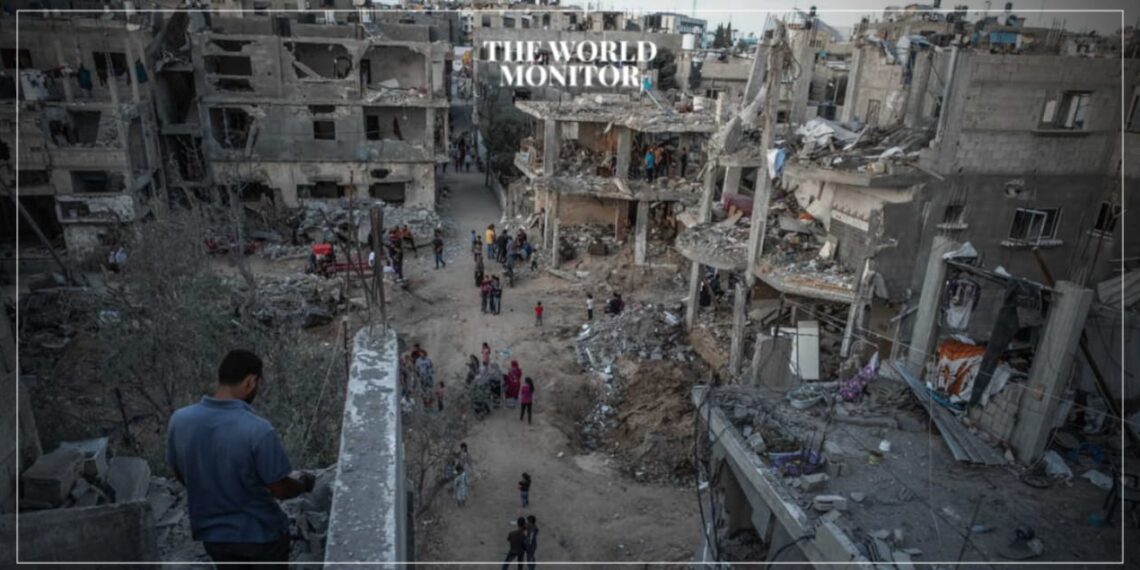In the 21st day of the intense conflict raging in Gaza, the process of displacement continues in the densely populated region as people flee from Israeli airstrikes.
Approximately 70% of Gaza’s population, which is home to around 2.3 million people, has been displaced, according to Salama Marouf, the head of the Gaza government’s media office. Marouf explained that “1.4 million citizens in Gaza have sought refuge in shelters,” distributed across 223 shelters, including hospitals, schools, churches, and health care centers.
Philip Lazareni, the Commissioner-General of the United Nations Relief and Works Agency for Palestine Refugees in the Near East (UNRWA), confirmed that over a million people have been displaced, criticizing the international community for turning its back on Gaza.
However, those displaced to shelters are lacking basic necessities of life due to Israel cutting off supplies of electricity, water, fuel, and medical treatment since the start of the war.
Given this situation, concerns are rising about the spread of diseases among the displaced population, particularly after the Palestinian Ministry of Health reported outbreaks of infectious diseases, especially among children. It warned of a “large-scale epidemic that cannot be controlled due to the unhealthy environment.”
In this context, 12-year-old Nadine Abdelatif complained about the conditions in the Gaza Strip, saying, “The aid they sent us to alleviate our suffering is insufficient. Diseases such as colds, chickenpox, and all sorts of illnesses have spread. My 13-year-old cousin is suffering from vomiting blood due to illness.”
Salman Ali Salem Aliwa, a 64-year-old displaced person, stated, “All the children are suffering from fever and are scared, homeless without blankets, mattresses, water, or anything. My wife is paralyzed.”
Dr. Ashraf al-Qudra, the spokesperson for the Gaza Ministry of Health, confirmed that there are “more than 50,000 displaced people in the al-Shifa medical complex alone in Gaza City, and tens of thousands in various hospitals in the Strip. Schools are also housing thousands of displaced people,” emphasizing that “all of this has led to the spread of epidemics and skin diseases.”
These concerns persist as aid trucks entering Gaza remain severely inadequate compared to the needs of the population in this densely populated area. Until now, only about 75 trucks have entered through the Rafah crossing from the Egyptian side in recent days, while the Gaza Strip requires at least 100 similar trucks daily.






